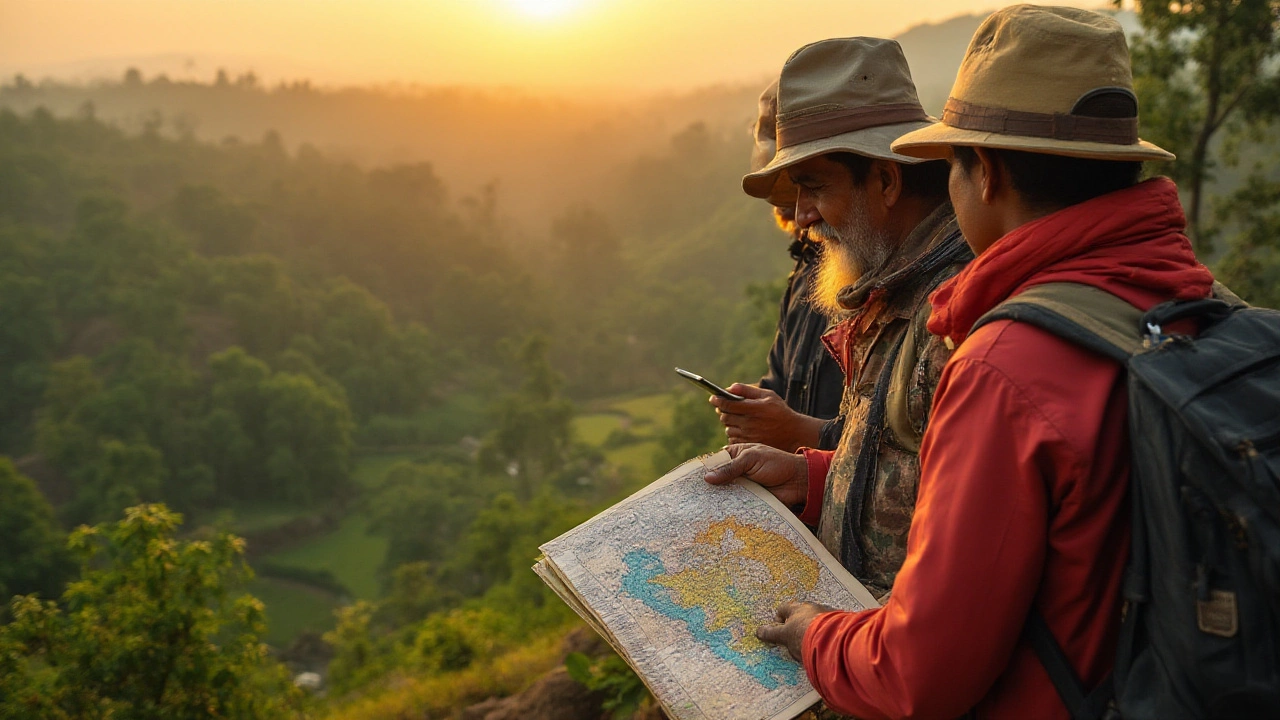
Wondering if you need malaria pills for India? Unpack the risks, latest science, real tips, regions at risk, and what travel pros do for malaria protection in India.
When dealing with Malaria Prevention in India, the set of actions aimed at reducing the risk of malaria infection for residents and visitors. Also known as malaria control, it combines personal protection, environmental management, and medication strategies.
Malaria is a mosquito‑borne disease that thrives in warm, humid regions. In India, the Anopheles mosquito is the primary carrier, especially during monsoon months. Malaria prevention therefore requires Mosquito Control, which includes eliminating stagnant water, using indoor residual sprays, and installing bed nets. Simple steps like covering water containers, applying larvicides, and keeping doors screened cut the mosquito population dramatically – a clear example of the triple “Malaria prevention in India → requires → Mosquito Control”. Personal barriers such as long sleeves, shoes, and DEET‑based repellents add another layer of protection.
Another crucial piece is Anti‑malarial Medication. Drugs such as doxycycline, mefloquine, or atovaquone‑proguanil are prescribed based on the traveler's health profile and the region's drug‑resistance patterns. The relationship “Travel health guidelines → include → Anti‑malarial Medication” explains why doctors often advise a prophylactic course before, during, and after a trip. Start the medication 1‑2 days before entering a high‑risk area, continue it throughout the stay, and keep taking it for the required period after leaving. Dosage schedules, side‑effects, and contraindications vary, so a pre‑travel consultation is essential.
India’s travel safety landscape is broader than malaria alone. Recent safety guides highlight that vector‑borne diseases remain a top health concern, especially in states like Odisha, Chhattisgarh, Jharkhand, and parts of the Northeast where transmission rates are higher during the rainy season (June‑September). By checking up‑to‑date travel advisories, you can match malaria‑risk maps with other health alerts such as dengue or water‑borne illnesses. Combining the preventive steps above with general safety tips—like drinking filtered water, eating cooked foods, and securing travel insurance—creates a layered defense many seasoned travelers trust.
Below you’ll find a curated list of articles that break down each of these measures, compare regional risk levels, and share real‑world experiences from travelers who have navigated malaria‑prone zones in India. Dive in to get actionable checklists, medication guides, and up‑to‑the‑minute advice that will help you stay healthy on the road.

Wondering if you need malaria pills for India? Unpack the risks, latest science, real tips, regions at risk, and what travel pros do for malaria protection in India.